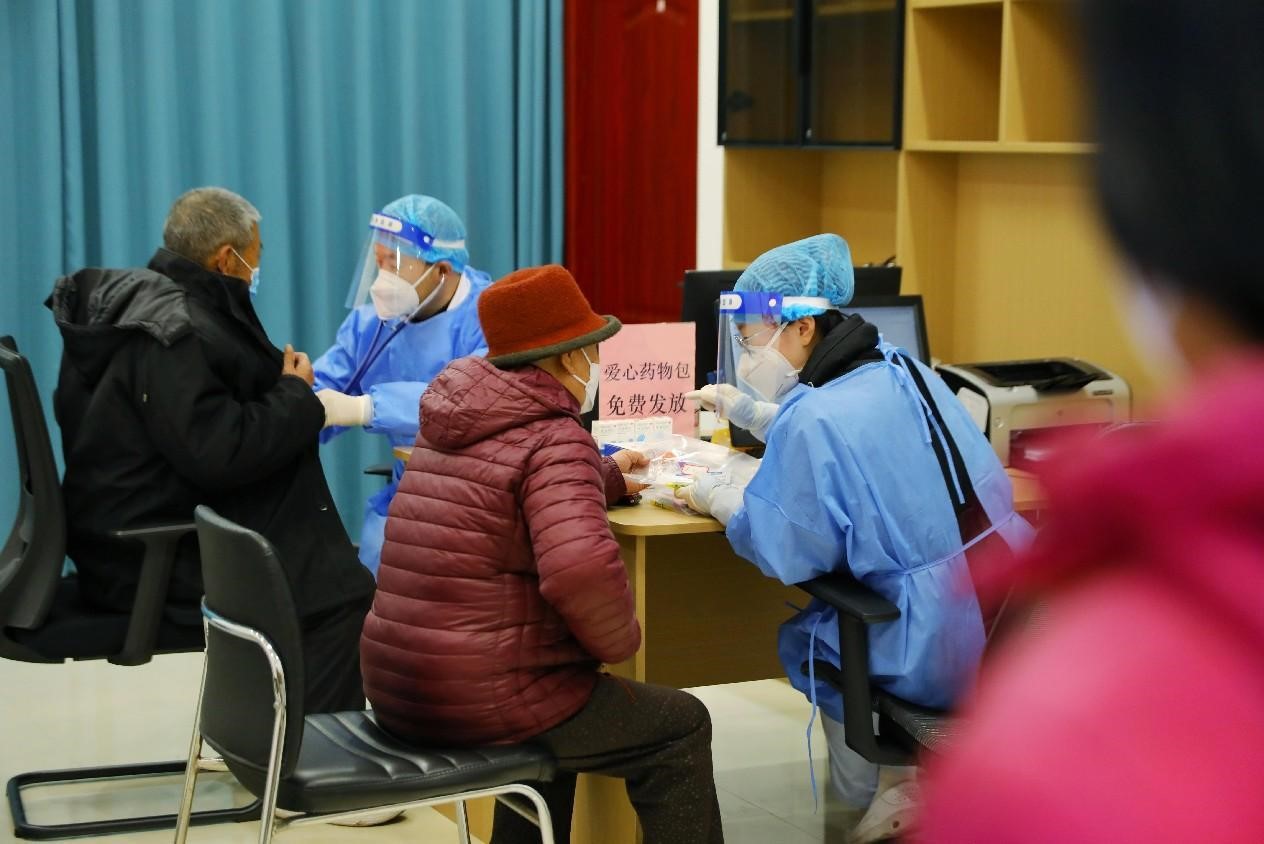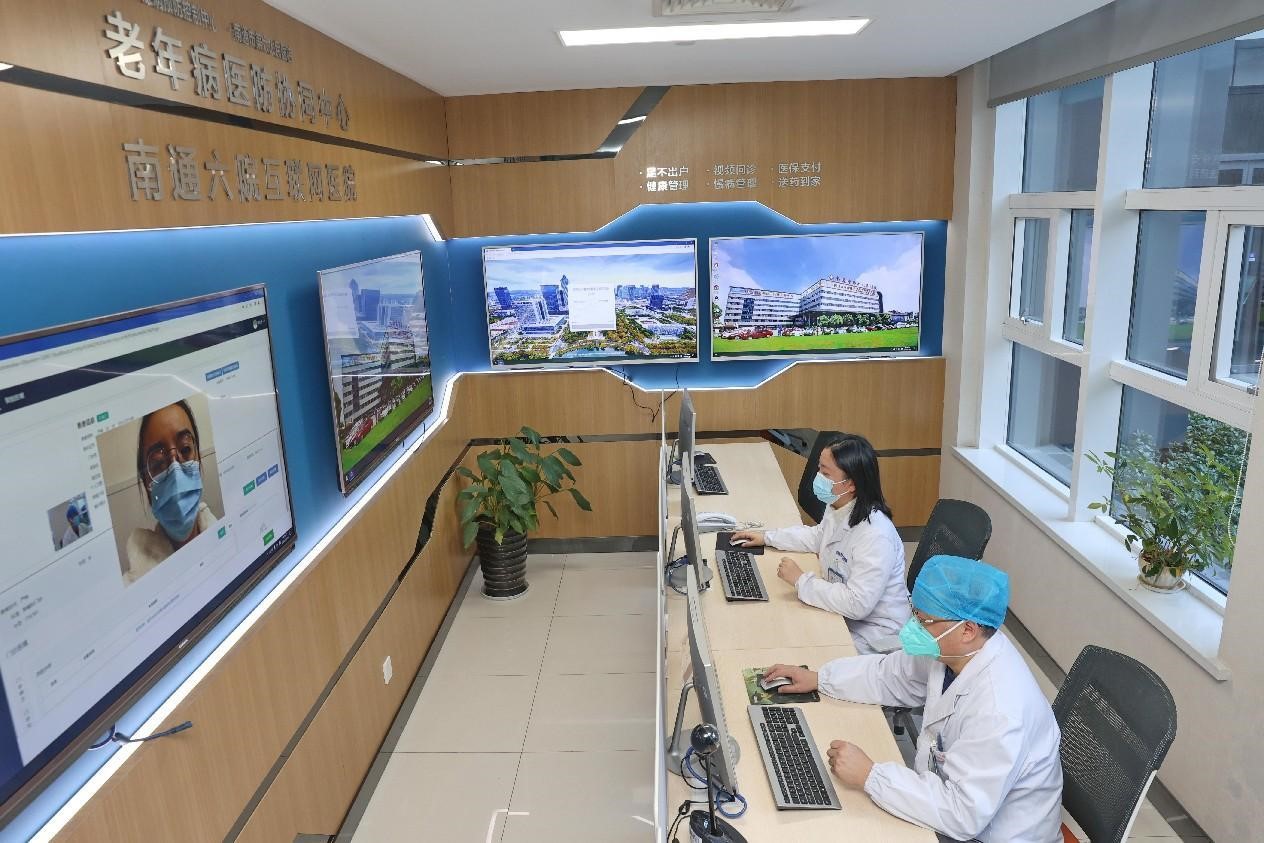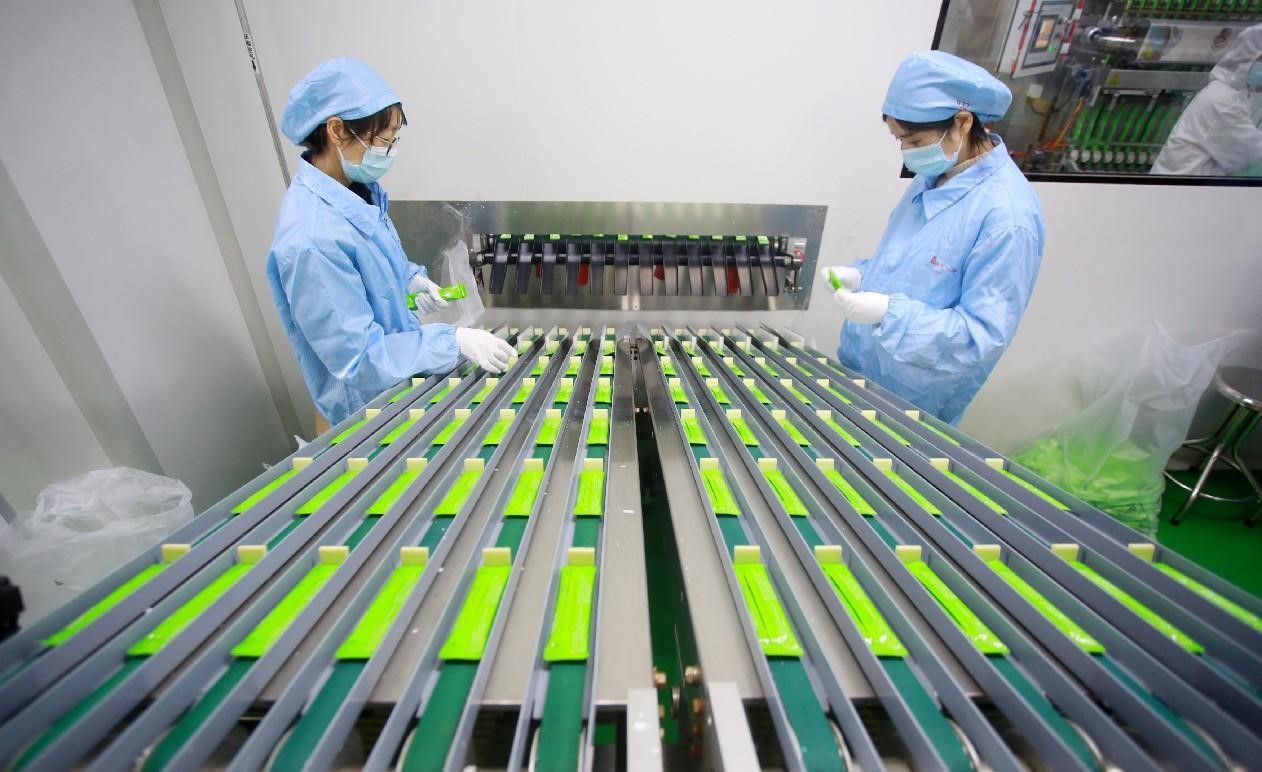China optimizes COVID-19 response in light of evolving situation
China has renamed the Chinese term for COVID-19 from "novel coronavirus pneumonia" to "novel coronavirus infection," and will downgrade management of the disease from Class A to Class B starting from January 8, 2023, according to a statement released by the country's National Health Commission (NHC) on Dec. 26.
This marked another major shift of China's epidemic response policies since the country began managing COVID-19 with strict measures against Class A infectious diseases on Jan. 20, 2020.
China divides notifiable infectious diseases into three classes, namely Class A, Class B and Class C, according to the situation of their outbreak and prevalence and the extent of the harm done at the time of their occurrence. Dynamic adjustment and scientific management are carried out according to the classification.

Doctors offer free services to residents and give free medicine to them in a community health center in Qingdao, east China's Shandong province, Dec. 21, 2022. (People's Daily Online/Zhang Ying)
Liang Wannian, head of the COVID-19 response expert panel under the NHC, noted that the decision to downgrade the management of the disease was made in accordance with the transmissibility and pathogenicity of the Omicron variant, the capability of the variant to cause critical symptoms and deaths, and the COVID-19 development around the world.
It will help utilize epidemic prevention resources at a higher efficiency, better coordinate the epidemic prevention and control and the economic and social development, better ensure people's daily life and social production, and minimize the impacts of the disease on economic and social development, Liang explained.
Both domestic and international data indicated much-weakened pathogenicity and virulence of the Omicron variant from those of the original COVID-19 strain and other variants of concern.
So far, China has administered over 3.4 billion doses of COVID-19 vaccines to over 92 percent of its population, and fully vaccinated over 90 percent of its total population.
Besides, China's improved medical treatment capacity, its ability to produce and supply effective anti-COVID-19 drugs, as well as people's increased awareness of health, also contributed to the downgrading of COVID-19 management this time.

Doctors of the Sixth People's Hospital of Nantong, east China's Jiangsu province, which set up the first internet hospital in the city, offer online medical services, Dec. 14, 2022. (People's Daily Online/Xu Congjun)
Liang noted that by shifting the focus from epidemic prevention and control to medical treatment, China aims to better protect people's health, prevent critical cases and ensure a smooth transition of response measures.
Special attention needs to be paid to vaccination, personal protection and timely treatment after infection for people at high risk of critical conditions, such as the elderly and people with underlying diseases, to minimize critical cases and death.
At present, infections are rising rapidly in China. Responding to the rising demand for fever clinics, the supply-demand gap and other issues, Jiao Yahui, head of the Bureau of Medical Administration under the NHC said the demand for general outpatient services and hospitalization was on a steady rise, and the utilization of medical resources has remained controllable.
China has taken a series of measures to meet the demand of patients, such as further expanding medical resources and the supply of medical services, vigorously promoting online medical services and enhancing the supply of medicines through multiple channels.
Besides, the country has urged primary-level medical institutions to monitor the health of seniors and other vulnerable groups. It also beefed up the vaccination drive against COVID-19, especially among senior citizens.

Medicines are being manufactured in a pharmaceutical enterprise in east China's Jiangsu province, Dec. 21. (People's Daily Online/Meng Delong)
As of December 15, 2022, more than 15,000 fever clinics had been set up in grade II hospitals and above, while more than 35,000 fever clinics or consulting rooms were available in primary-level medical and health institutions.
Fever clinics have further streamlined the procedures for diagnosing and treating patients to improve their service efficiency. Beijing, Shanghai, as well as Anhui, Jiangsu and Shandong provinces have set up temporary fever clinics in makeshift hospitals and stadiums to accommodate more patients.
At present, designated hospitals and sub-designated hospitals are being upgraded, and efforts are being made to expand critical care resources for grade II hospitals and above. At grade III hospitals, beds for the critically ill, ICU-convertible beds and relevant equipment are being prepared, and training programs are also launched for medical workers.
To ensure a sufficient and accessible supply of medicines, relevant departments are working to expand the production capacity of pharmaceutical enterprises, enhance the supply of key drugs, prioritize the demand of medical institutions, and alleviate the shortage of medicines in some regions as soon as possible.
Photos
Related Stories
Copyright © 2022 People's Daily Online. All Rights Reserved.









